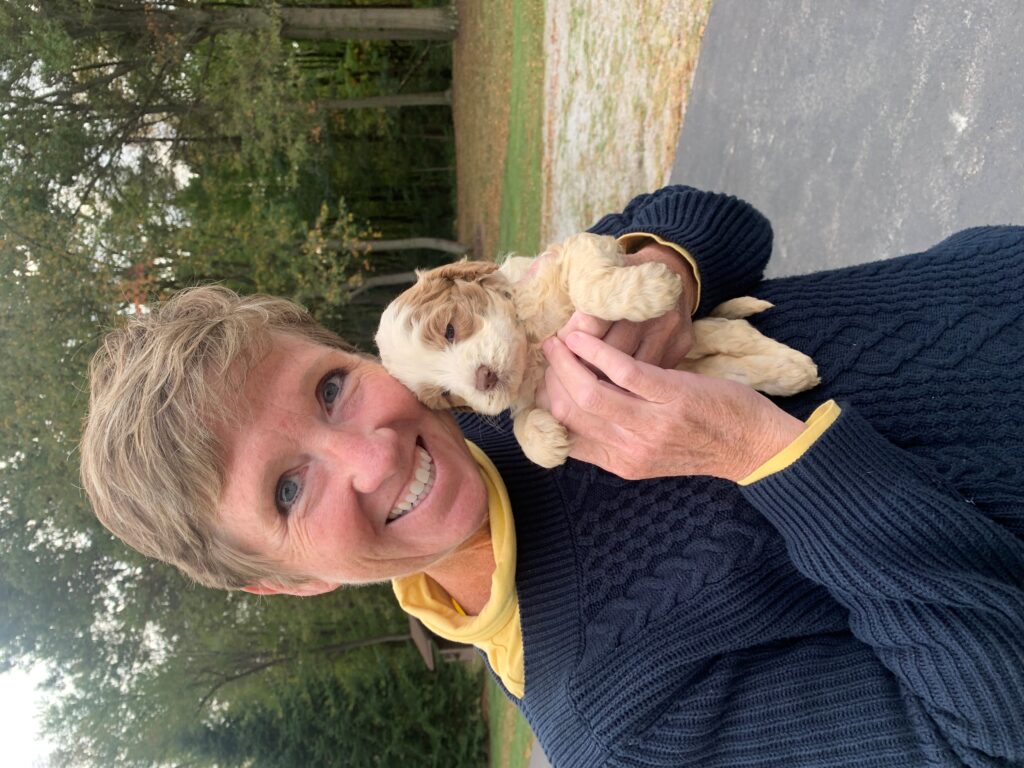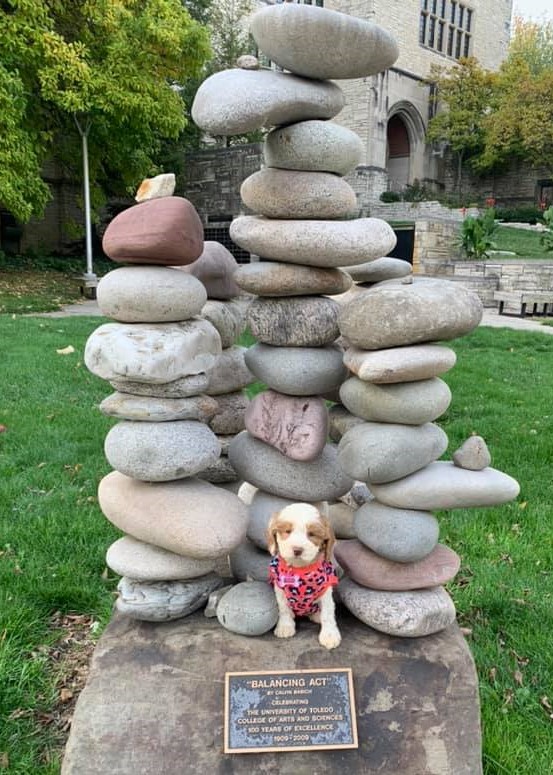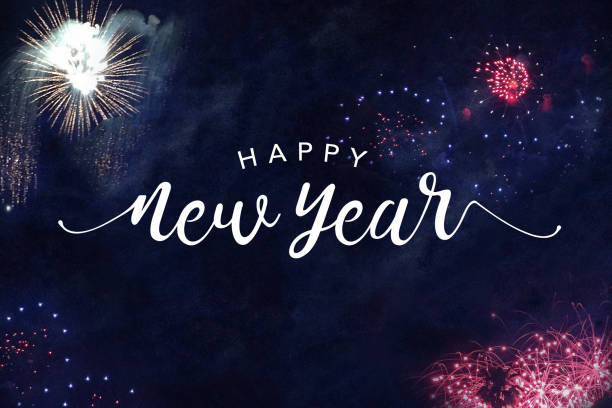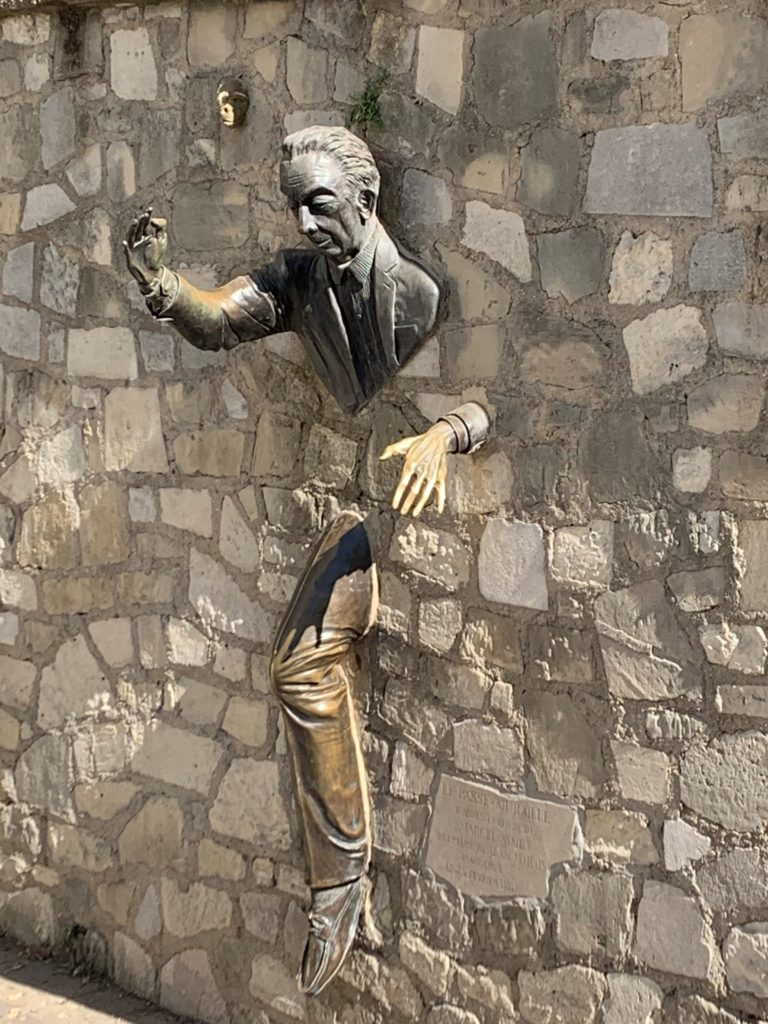Since the beginning of our new year, information on the coronavirus has continued to grow in the news as it has spread all over the world. In fact, in this past week of unprecedented changes, it has become the headline story, and subsequently, every American’s life (and the lives of other residents in our country) has been touched with unparalleled cancellations on every front including major conferences, sporting events, and political rallies. The travel industry and our stock market have also taken a huge hit. It seems like this huge machine of our country is slowing down.
Earlier this week, I returned to Toledo, Ohio from Tampa, FL after attending a conference for undergraduate students and their faculty advisors. Several days afterwards, my university canceled face-to-face classes for remote learning through the end of the semester. I am reassured to know that my institution (and my state) is taking intentional and proactive action to reduce the spread of this disease. Most other universities in the country have made the same decision. Of course, this means a lot of work for staff and faculty, as well as the need to immediately address logistical issues that have arisen as a result. It can be very overwhelming! As a leader, I am intentional about supporting my own well-being and that of my students and staff.
As our national and world situation continues to change, my concern continues to increase. This is especially true after I watch the news. I notice my thoughts more often tend to be those of worry, and I often ruminate on the worst case scenario. I can easily get carried away by my thoughts and begin to worry about a virus I cannot control (or quite possibly may never catch). Research shows that the more we think on anything—positive or negative—the stronger that thought becomes.
So what can I do? I can practice good hygiene, eat healthy, take my vitamins, get adequate sleep and exercise, practice social distancing, stop shaking people’s hands, and of course, practice mindfulness even more.
It’s always great to be mindful of our thoughts, but especially, during times like these, I really want to be more vigilantly aware of my thoughts. My mind often wanders, and currently, it seems to constantly stew on “what if’s”—what if I catch the virus or my family gets it? What if the economy crashes? What if I lose my job? Once I notice I am engaging with those thoughts, I try to immediately remember that I am not my thoughts; instead, I am the creator of them.
According to research, practicing mindfulness, such as loving kindness exercises, has a positive impact on the ways our genes express themselves, and it even increases our mood over time. Loving kindness meditation is a practice that strengthens our feelings of goodwill for ourselves and others.
Let’s try a short practice now.
Simply bring all of your attention to how you are feeling emotionally right now. Don’t try to change your feelings but simply notice them, and with acceptance, allow yourself a moment to just be with what is. It is ok to feel whatever you are feeling.
Now, as you take your next inhalation, say “May I be healthy; may I be loved; may I be happy,” and focus on this present moment. As you exhale, repeat the phrase.
Complete the steps two more times, and then continue reading.
In these last couple of days, here is what I’ve been doing. I take a deep breath—careful not to judge myself for having any type of thought—and then I bring my focus back to the present moment. This is what I know is true in this moment: I do not have COVID-19. I am doing everything I am aware of to protect myself and my family members. I have much to be grateful for.
That’s why during this upcoming month, I intentionally will be putting additional mindfulness exercises into my routine as a way to boost my immune system even more and to exit out of the ruminating thought cycle I often find myself in. As we go through this pandemic together and look for more ways to boost our immune systems, let’s add a little more mindfulness into our daily routines. For example, add the loving kindness exercise we just did into your hand washing routine by saying, “May I be healthy; may I be loved; may I be happy” as you lather up with soap. Each time you notice that you are getting carried away by an anxious thought about the coronavirus pandemic, notice that you have drifted off, and without judging yourself, simply try saying, “May I be healthy; may I be loved; may I be happy in THIS moment.” I have to practice self-care and stay well so that I can best serve my students and staff.
We will get through this . . . together.






